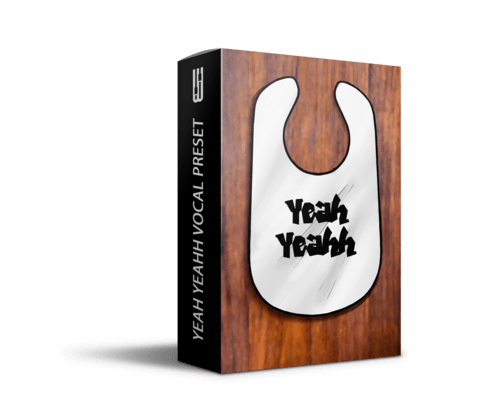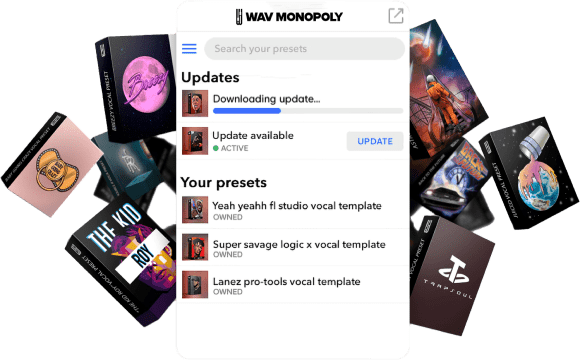LEARN MUSIC AND AUDIO PRODUCTION | Wavmonopoly TIPS AND TRICKS
What are Lufs? Loudness Metering
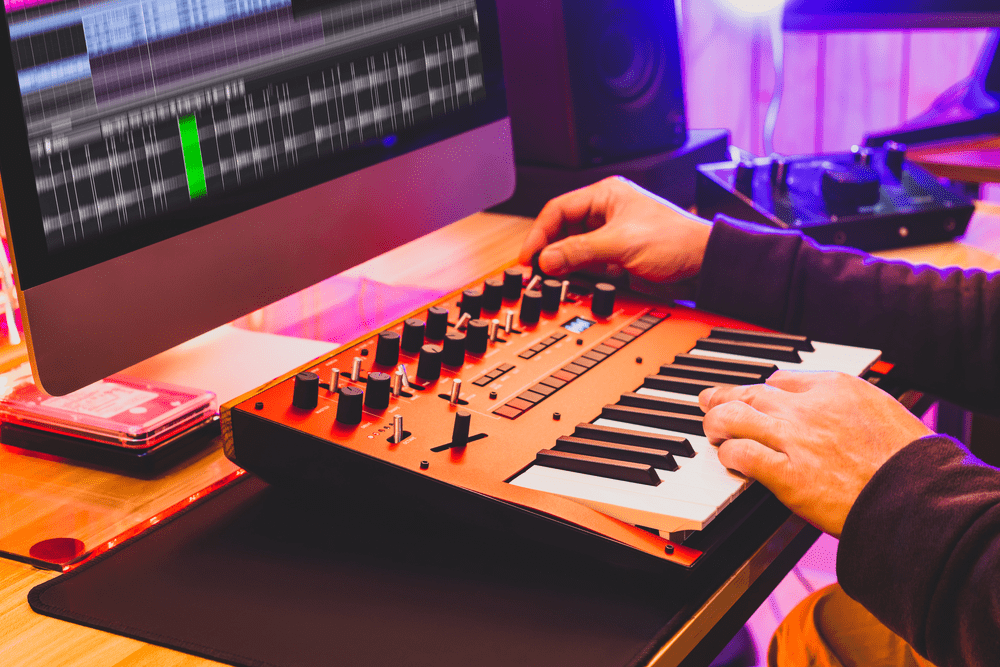
wavmonopoly June 30, 2022

Have you ever wondered why some songs sound louder than others? Or why do some songs have that pumping, club-like feel while others sound more laid back? It all has to do with loudness.
The loudness of a song is measured in LUFS (Loudness Units Full Scale). LUFS is the standard measurement for loudness in the music industry. All digital streaming platforms use LUFS to measure and normalize the loudness of a track.
In this article, we’ll take a look at what LUFS is, its importance, and how it’s used in music production. We’ll also give you some tips on how to measure LUFS and what the best LUFS metering plugins are. Let’s get started!
What Are LUFS?
LUFS stands for Loudness Units Full Scale. LUFS is a measure of loudness that is becoming increasingly important in the world of audio production. The reason for this is that LUFS is a more accurate measure of loudness than the traditional Peak levels.
The loudness units of the International System of Units (SI) are called LUFS. Essentially, it’s a well-known method of evaluating sound that combines the perceived loudness from human hearing and the actual intensity of an audio signal.
LUFS lets industry professionals set loudness standards for different types of applications, like movies, TV shows, radio broadcasts, and streaming services. The perceived loudness of two pieces of music or audio at the same LUFS level must be the same. This is why it’s simple to rearrange your complete music collection without having to make major manual adjustments.
Different platforms offer different LUFS guidelines to help ensure that their customers get the same listening experience across all of their devices. When it comes to determining the loudness of an audio file, LUFS is often considered the most precise method due to its inclusion of human perception. Unlike other production-level units like RMS, it accurately reflects how a listener perceives audio.
The Importance of LUFS
As digital media becomes more and more commonplace, the need for accurate loudness measurement has increased. This is because different devices and platforms have different ways of playing back audio. For example, a TV show might sound fine on one TV but be too quiet or too loud on another.
This is where LUFS comes in. By using LUFS, content creators can ensure that their audio will sound the same across all devices and platforms. This is important for two reasons:
1. It ensures that your audience will have a consistent experience regardless of where they’re consuming your content.
2. It allows you to avoid any potential legal issues that could arise from having your audio be too loud or quiet on certain devices.
LUFS are a valuable tool for achieving a consistent, unified sound throughout your entire audio program. Although there may be significant differences in the LUFS scale between various audio solutions, most audio outlets are subjected to some sort of calibration procedure. Loudness normalization simply allows distinct pieces of audio to have the same average level.
You’ll be able to transition from one song to the next without having to adjust your volume. Because each streaming service has varying quality requirements, the target level is already incorporated into the mastering process to accommodate those demands.
Loudness in music production
While LUFS is important for all types of audio, it’s especially important in the world of music production. This is because music is often consumed in a variety of different ways, including streaming services, radio, and live concerts.
To ensure that your music sounds great no matter how it’s being consumed, it’s important to use LUFS during the mastering process. This will ensure that your music sounds its best on all devices and platforms.
The best way to incorporate LUFS into your workflow is to use a plugin that offers real-time feedback. This way, you can make adjustments on the fly and avoid any potential issues.
LUFS Loudness Targets For Different Streaming Sites
As mentioned earlier, each streaming service has its own requirements for loudness. This is because each service wants to ensure that its customers have a consistent experience.
To help you better understand the loudness targets for each streaming service, we’ve compiled a list of the most popular streaming platforms and their respective LUFS targets.
- Spotify: -14 LUFS
- Apple Music: -16 LUFS
- YouTube: -13 LUFS
- Pandora: -14 LUFS
- iTunes: -16 LUFS
- Tidal: -14 LUFS
The above targets are based on the “-16 LUFS” standard, which is the industry standard for streaming platforms. However, it’s important to note that these targets are subject to change at any time.
As a general rule of thumb, it’s always best to err on the side of caution and aim for a slightly lower target. This will ensure that your audio sounds great on all devices and platforms.
How to use LUFS
Now that you know what LUFS are and why they’re important, it’s time to learn how to use them. The first step is to download a plugin that offers real-time feedback. This way, you can make adjustments on the fly and avoid clipping. Here are some of the best LUFS metering plugins:
- Waves WLM Plus
- Steinberg WaveLab LE 9
- iZotope Insight 2
- Nugen Audio VisLM
Once you have a plugin installed, open your DAW and insert the plugin on your master bus. Then, simply play your track and watch the LUFS meter. As a general rule of thumb, you want your average loudness to fall between -14 and -16 LUFS.
Of course, there’s more to consider than just the average loudness. You also need to take into account the true-peak level, which is the highest point on the waveform. If the true-peak level exceeds -1 dBTP, you’re at risk of clipping. To avoid this, make sure your track doesn’t go above -3 dBTP.
In addition to the average loudness and true-peak levels, you also need to pay attention to the integrated loudness. This is simply the sum of all the loudness values over a given period of time. For most streaming services, you want the integrated loudness to be around -16 LUFS.
Metering audio with LUFS differs from other loudness standards in that it’s not as simple as combining a few measurements together. There are a number of methods to utilize it. The following are the most important ones.
1) Integrated loudness
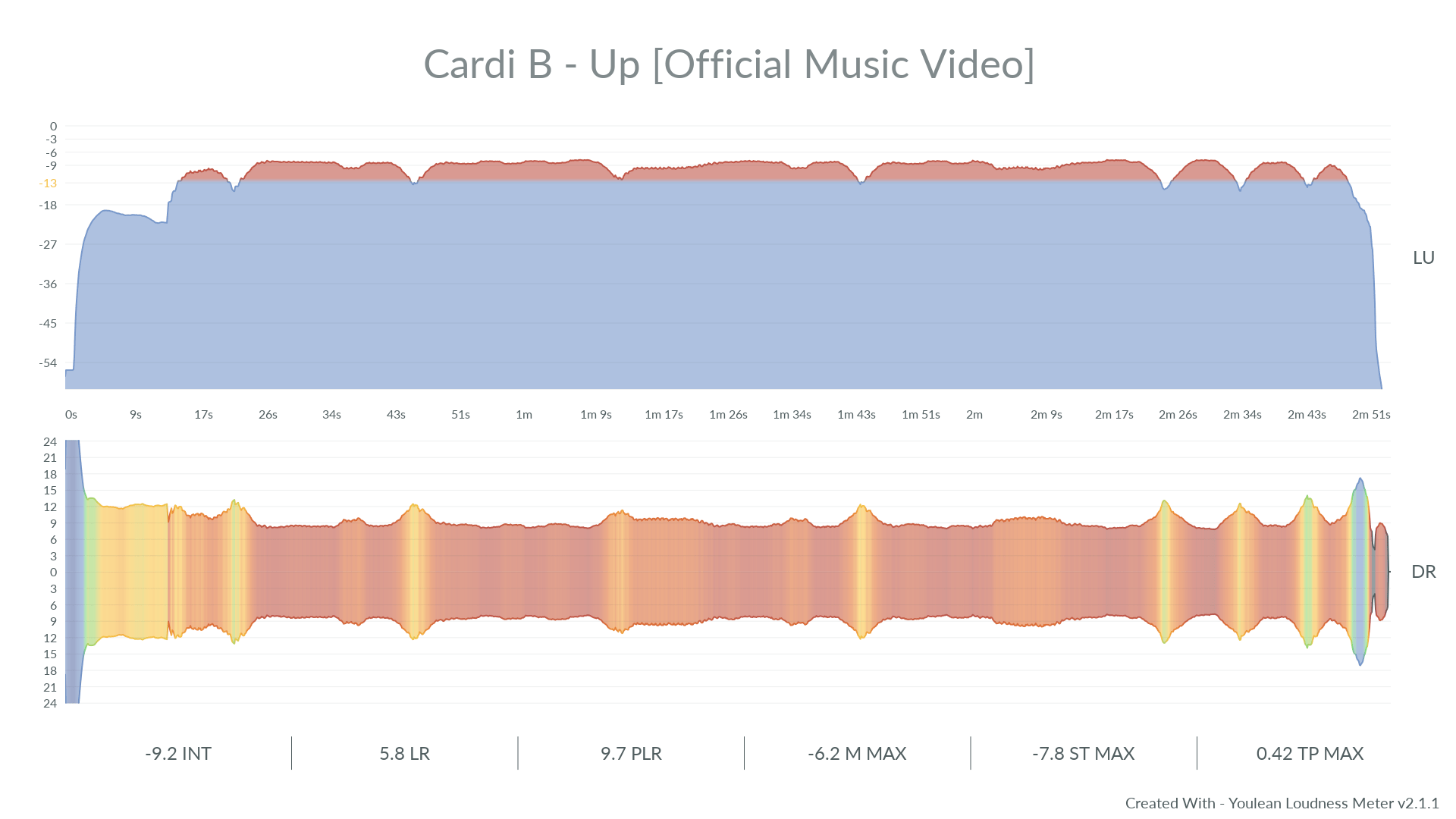
The integrated loudness is the easiest to measure and is simply the sum of all the loudness values over a given period of time. For most streaming services, you want the integrated loudness to be around -16 LUFS.
It is worth noting that the integrated loudness will change depending on the length of the track. A shorter track will have a lower integrated loudness than a longer track. This is why it’s important to take into account both the integrated and short-term loudness when metering with LUFS.
2) Short-term loudness
Short-term loudness is more complex and takes into account not only the sound pressure level but also the time window over which it is measured. This is important because the loudness of a sound can change depending on how long it lasts.
For example, a snare drum hit will have a higher loudness than a sustained piano note even though the piano note has a higher sound pressure level. This is because the snare drum hit is over in a matter of milliseconds while the piano note sustains for much longer.
Over the last three seconds of audio, short-term LUFS provides you with a sense of loudness. The goal is to have the bulk of your audio levels fall in the -16 to -12 LUFS range with peaks no higher than -9 LUFS.
3) Momentary loudness
Momentary loudness is similar to short-term loudness but on a much shorter time scale. It is basically a measure of how loud a sound is at any given moment. This is useful for assessing transients and other sounds that are very brief but extremely loud.
Individual moments in a track can be measured using this method, but the overall LUFS reading is underestimated. It’s feasible to register identical loudness levels with both short-term and momentary LUFS, although the more comprehensive integrated loudness LUFS is less likely.
The main downside to momentary loudness is that it’s quite difficult to measure. It requires specialized equipment and a lot of experience to get accurate readings.
4) Dynamic range
Dynamic range is the difference between the loudest and quietest parts of a track. It’s usually measured in dB.
A track with a lot of dynamic range will have big differences between the loudest and quietest moments. This can make the track sound more exciting, but it can also make it sound less consistent.
Tracks with less dynamic range will be more ‘even’ sounding, but can sometimes sound boring.
It’s important to strike a balance when it comes to dynamic range. If a track is too quiet, it will be hard to hear. If it’s too loud, it will be fatiguing.
5) True peak
True peak is a measure of the highest amplitude of a signal. It’s different from the ‘normal’ peak level, which is an inaccurate measurement that doesn’t take into account inter-sample peaks.
It can also be measured using specialized equipment but is more commonly monitored during the mixing and mastering process using a digital audio workstation (DAW) or plugin.
The importance of a true peak lies in the fact that it’s the actual highest point of the signal and can cause distortion if it’s too high. This is why it’s important to monitor and control the true peak level of a signal during the mixing and mastering process.
LUFS and The Loudness Wars
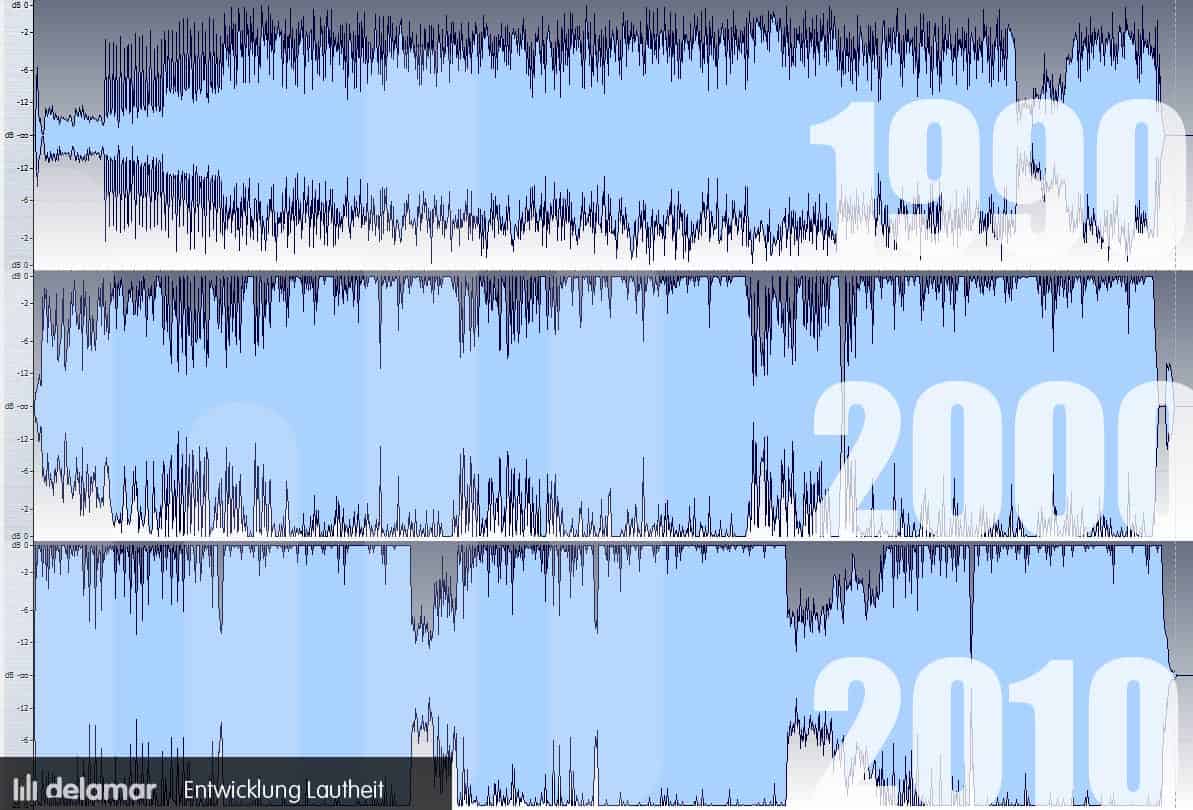
The loudness wars refer to the trend of music producers making their music louder and louder in an effort to stand out from the competition.
This has led to a lot of poorly produced, over-compressed music that sounds terrible. Fortunately, the introduction of Loudness Units Full Scale (LUFS) has helped to level the playing field.
LUFS is a measure of loudness that takes into account the way our ears perceive sound. This means that a track can be made to sound louder without actually being over-compressed and distorted.
As a result, LUFS has become the standard for measuring loudness in music production and is increasingly being used by streaming services as a way to level out the playing field.
The loudness wars, along with LUFS and mastering levels, are impossible to avoid when discussing sound quality. While a lot of this outdated thinking has been offset as a result of streaming platforms’ normalization processes, it’s essential to consider where it all began.
Prior to normalization, most people believed that a “noise” song would sound better. As a result, many mastering engineers sought to produce mixes as loud as possible in order for a song to stand out. Because loudness matching wasn’t standardized through an audio platform, the loudness range across songs was all over the place.
However, when streaming services implemented standardization procedures to ensure that songs were played at the same volume, “loud” was a lot less important. If your track exceeds Spotify’s threshold, for example, the platform will simply reduce the average volume of your song.
How To Measure LUFS
The best approach to measure LUFS is to use a LUFS metering plugin, which will show you accurate audio levels via the LUFS meters. These plugins are intended to assess audio using average volume levels and the perception of loudness based on the Fletcher Munson Curve.
There are several types of loudness in this section, ranging from integrated loudness (also known as total volume) to short-term loudness (also known as dynamic range), and momentary loudness.
When interpreting LUFS meters, keep in mind the following measurements. You’re primarily concerned with generating a balanced yet dynamic blend that adheres to the unique requirements of various audio outlets while measuring LUFS.
The meters in your DAW don’t necessarily take into account LUFS. These are typically intended to provide RMS readings, therefore having a reliable LUFS metering plugin is critical for success in today’s music landscape.
Best LUFS Metering Plugins
Now that you know what LUFS is and how important it is to measure audio levels accurately, it’s time to choose the right plugin for the job.
There are a few different options on the market, but our top three picks are as follows:
- Waves WLM Plus Loudness Meter Plugin
- iZotope Insight 2
- Nugen Audio VisLM-H
Each of these plugins offers different features, so be sure to choose the one that best suits your needs.
Waves WLM Plus Loudness Meter Plugin
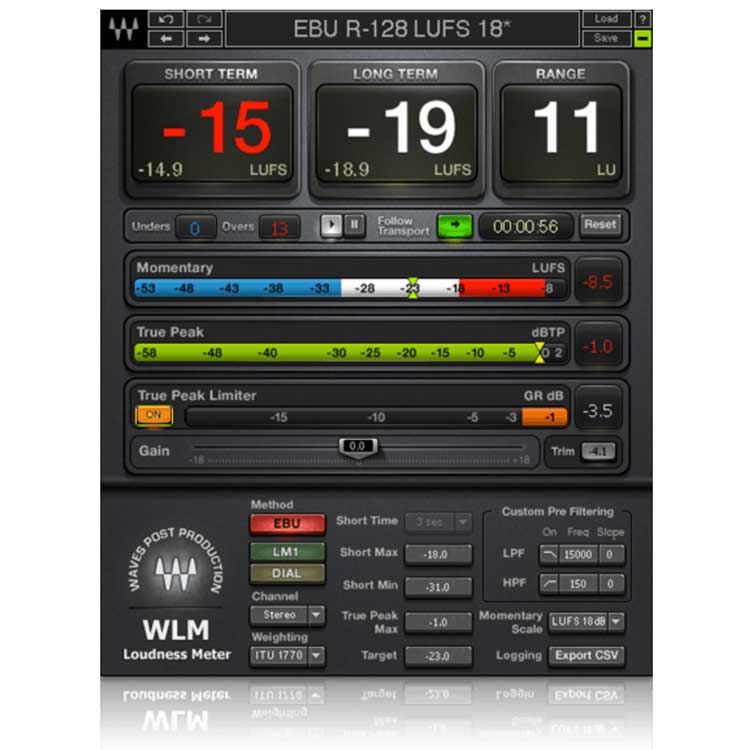
The Waves WLM Plus Loudness Meter Plugin is an excellent choice for those who want to use a single plugin to measure loudness, volume, and other audio parameters. This plugin not only measures LUFS, but also offers metering for Peak, RMS, and true-peak levels.
In addition, the Waves WLM Plus Loudness Meter plugin offers a range of features that make it easy to use, including a real-time graph that displays loudness over time and the ability to set alarms for when audio levels exceed a certain threshold.
iZotope Insight 2
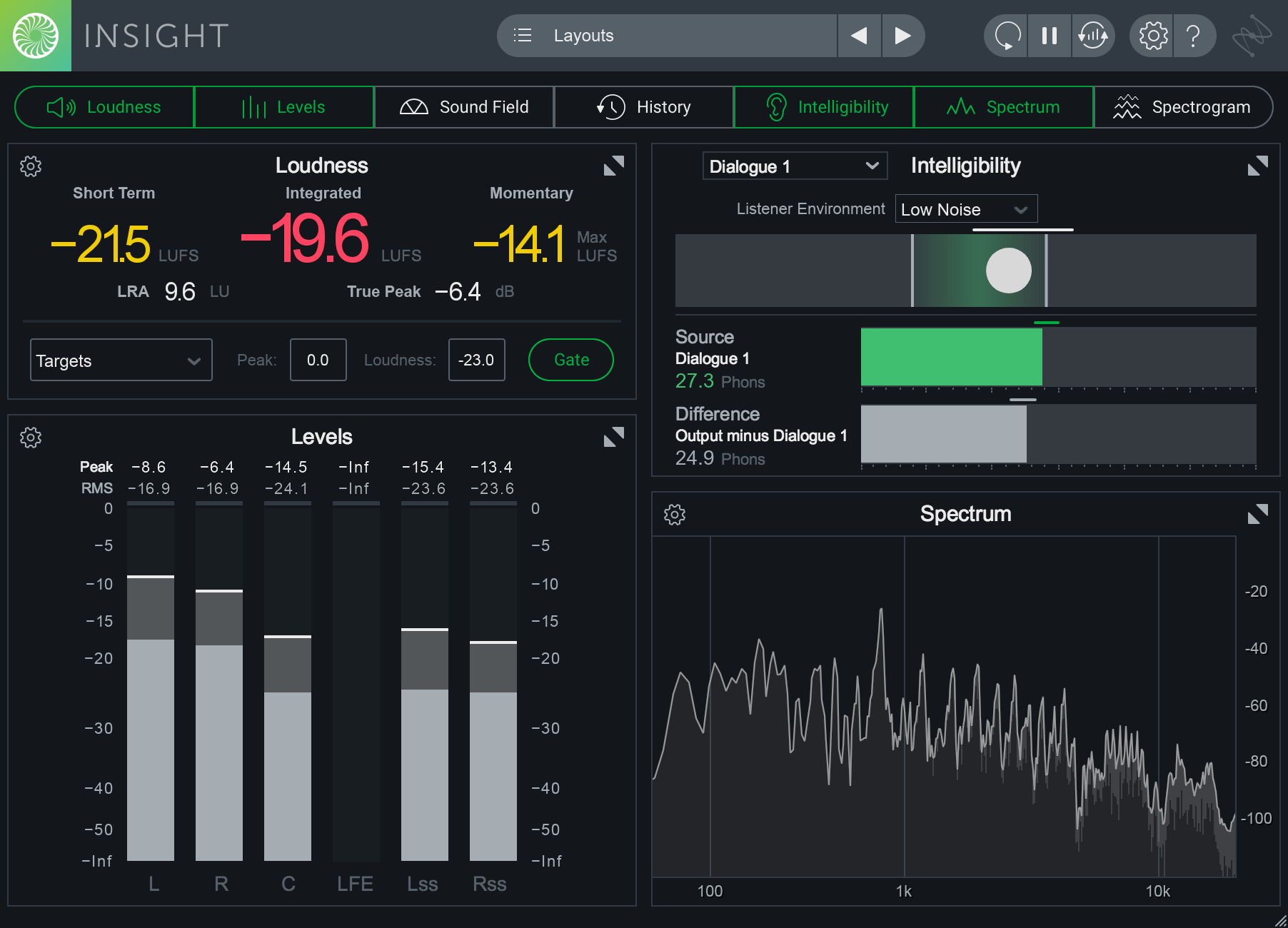
If you’re looking for a plugin that offers a comprehensive suite of features, iZotope Insight 2 is a great option. In addition to being able to measure LUFS, this plugin also offers metering for Peak, RMS, and true-peak levels.
Insight 2 also offers a range of useful features, such as the ability to see loudness over time, set alarms for when audio levels exceed a certain threshold, and export data for further analysis.
Nugen Audio VisLM-H
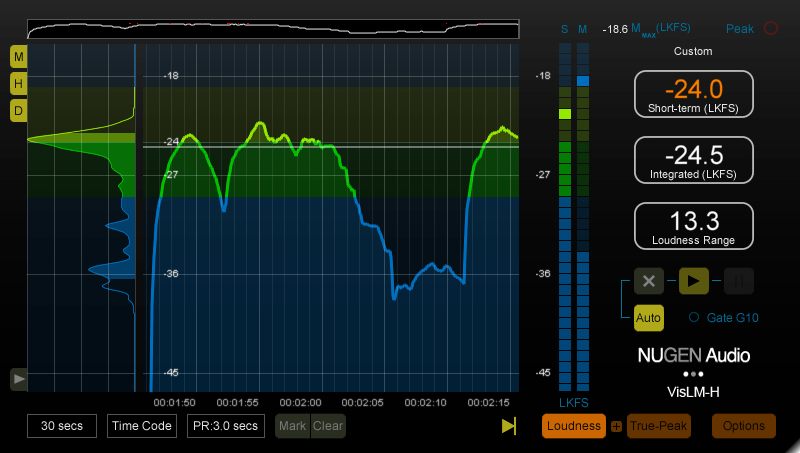
Nugen Audio’s VisLM-H is a great option for those looking for a plugin that offers comprehensive metering for LUFS, Peak, RMS, and true-peak levels.
In addition, the VisLM-H offers a range of features that make it easy to use, including the ability to see loudness over time, set alarms for when audio levels exceed a certain threshold, and export data for further analysis.
So, there you have it! These are our top three picks for the best LUFS metering plugins on the market.
Do you have a favorite plugin that we didn’t mention? Let us know in the comments below!






